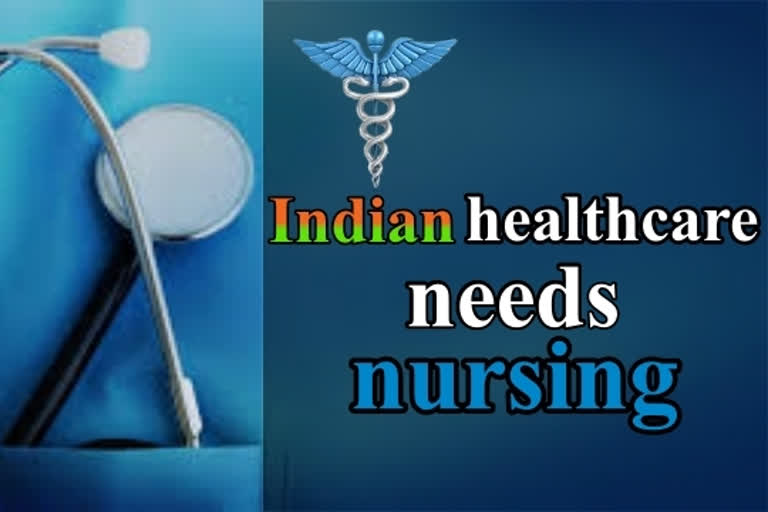Hyderabad (Telangana):The government-funded healthcare is still out of reach for many people. The NITI Aayog released a report about the miserable state of public healthcare in India. It pointed out several challenges in achieving an improvised healthcare system. While other nations worldwide are spending a lot on their citizens’ health, India is far from being worthy of mention in this regard. For innumerable Indians, government healthcare, to date, has been unviable. The NITI Aayog’s latest report is a proof to the dire state of public health in our country. As a part of its exercise towards building a New India, NITI Aayog identified several focus areas. If we take the total expenditure on healthcare as a proportion of GDP, India’s pale spends are evident when compared to nations like Sri Lanka, Indonesia, Egypt and Philippines.
The average personal health spending is only 18 percent internationally. But on the national level, an individual has to bear 63 percent of the total medical expenses. The prestigious Pradhan Mantri Jan Arogya Yojana covers only 40 percent of the population excluding 5 percent who are already covered under various government and private health insurances. These figures show that there is no health protection for the majority of people. The National Health Protection Scheme revealed that medical bills are pushing 6 crore people every year into debts. On the other hand, there are people who are unable to derive the benefits of health insurance due to the lack of proper directives and guidance. Annually, about 24 lakh lives are lost due to the absence of timely medical services.
NITI Aayog has made several suggestions to improve the state of healthcare and gain the trust of people. The strategy is clearly aimed at safeguarding the lives of at least 10 lakh infants by 2030 and to reduce the mortality rate of working-age elderly population by 16 percent. Though the growth of medical tourism sounds fancy, it is the responsibility of the governments to prioritize the well-being of citizens. India stands 145th among the 195 surveyed countries in terms of healthcare access and quality. China, Bangladesh, Sri Lanka and Bhutan fared much better than us. Even without the assessments of external reports like these, the central government itself had admitted that there is a 20 percent shortage of primary healthcare centers and 30 percent shortage in community healthcare centers. India is facing a shortage of 20 lakh doctors and 40 lakh nurses, questioning the concept of safe healthcare.
